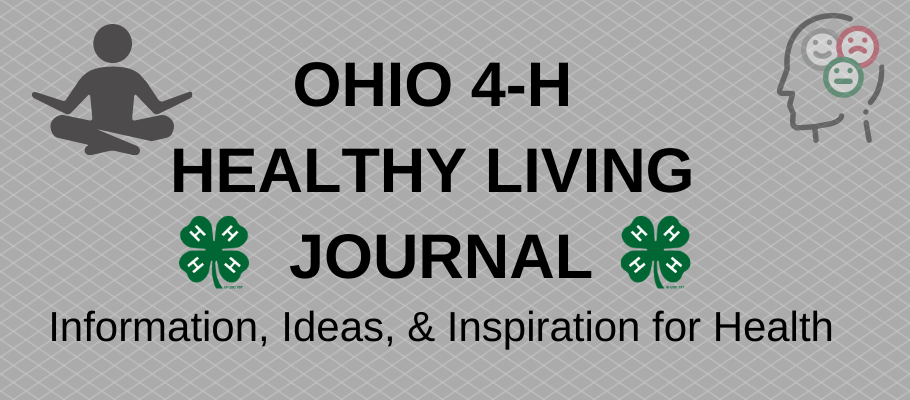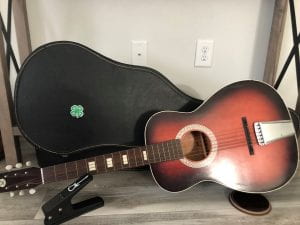Puzzles have been around for a long time. But who knew that January 29 is National Puzzle Day! And why not have a day devoted to puzzles – they’re fun. And because they involve focus and concentration, they also serve as stress relievers, which may explain their increased popularity during the pandemic. Even Bill Gates is said to be a fan.
Let’s puzzle on and focus on two favorites of mine: word puzzles and jigsaw puzzles.
To say that I like words would be an understatement. I remember doing all sorts of vocabulary builders in elementary school, and I would read books past my bedtime with a flashlight under the covers. Even now I subscribe to Merriam Webster’s Word of the Day. In 5th grade I placed second in a spelling bee and in a fire prevention essay contest. I didn’t really discover I was a good writer until I was in graduate school the second time around. So maybe there’s a theme there….hmmm.
Probably the most well-known type of word puzzle is the crossword puzzle. I found out that Arthur Wynn, a journalist from Liverpool, is credited as being the inventor of the first crossword puzzle, which was published in the New York World newspaper in 1913. Other word puzzles appeared more recently. Mad Libs was created in the 1950s. Word searches appeared in the U.S. in 1968, and now there are many variations.
Jigsaw Puzzles
 The precursor to the modern-day jigsaw puzzle dates back to the 1760s in England. Called “dissections,” they were maps mounted on wood and cut apart, as a way to teach children geography. It’s interesting to note that researchers recently completed the first study of the process children use to do jigsaw puzzles. The study revealed that 3-year-olds use trial and error to put them together, but 4-year-olds are able to use information in the picture to complete the puzzle, indicating changes in how their brains process information.
The precursor to the modern-day jigsaw puzzle dates back to the 1760s in England. Called “dissections,” they were maps mounted on wood and cut apart, as a way to teach children geography. It’s interesting to note that researchers recently completed the first study of the process children use to do jigsaw puzzles. The study revealed that 3-year-olds use trial and error to put them together, but 4-year-olds are able to use information in the picture to complete the puzzle, indicating changes in how their brains process information.
Puzzles and Health – Besides being fun, puzzles have several other health-related benefits.
 Intellectual Health: Puzzles demand a level of thought and focus. Spending time regularly working on puzzles improves memory and problem-solving skills. It’s great when fun and learning can be combined!
Intellectual Health: Puzzles demand a level of thought and focus. Spending time regularly working on puzzles improves memory and problem-solving skills. It’s great when fun and learning can be combined!
Studies have found that when we work on a jigsaw puzzle, we use both sides of our brain. Your left brain is logical and works in a linear fashion; it sees all the separate pieces and attempts to sort them out logically. You find the corners and all the straight-edge puzzle pieces first, right? Your right brain is the creative side – it sees the “big picture” and works intuitively. As you study the image and its details, your brain taps into visual-spatial patterns. I would argue the same is true for word puzzles. Although they may not appear so on the surface, word puzzles are about patterns, too – words, after all, are letters arranged in a meaningful way. In exercising both sides of the brain at the same time, we create connections between both sides, as well as connections between individual brain cells. These connections increase our ability to learn, to comprehend, and to remember.
 Social Health: Puzzles also offer social benefits. When we work together with someone on a task, we strengthen our social connections. Those interactions keep us socially active, which is important for our mental health. Because jigsaw puzzles are pictures, they can bridge language barriers.
Social Health: Puzzles also offer social benefits. When we work together with someone on a task, we strengthen our social connections. Those interactions keep us socially active, which is important for our mental health. Because jigsaw puzzles are pictures, they can bridge language barriers.
Mental Health: As we connect two puzzle pieces together (you know that feeling!), our brains release dopamine, which has a positive effect on our mood. When you concentrate while sorting pieces by color and shape or you scan back and forth to find the words in a word search, you tune out other distractions, so puzzling helps us keep calm. There’s something to be said for actually touching jigsaw puzzle pieces and using paper and pencil to complete a crossword. It also gives us a break from screen time.
 What’s the deal with screen time? Screen time could be the topic of an entire post, but I’ll summarize here. Research has shown an association between time spent using screen media and psychological well-being. For example, in one study, high users of screens were significantly more likely to display poor emotion regulation (not staying calm, arguing too much, being difficult to get along with), an inability to finish tasks, lower curiosity, and more difficulty making friends. Researchers have yet to establish a causal relationship – it’s a ‘chicken and egg’ thing: Which came first? Did screen use lead to these things, or were people with those characteristics more likely to use screens? And does the type of screen use matter? What else might be involved? We won’t solve that puzzle today, but suffice it to say that too much screen use and certain types of it might be problematic.
What’s the deal with screen time? Screen time could be the topic of an entire post, but I’ll summarize here. Research has shown an association between time spent using screen media and psychological well-being. For example, in one study, high users of screens were significantly more likely to display poor emotion regulation (not staying calm, arguing too much, being difficult to get along with), an inability to finish tasks, lower curiosity, and more difficulty making friends. Researchers have yet to establish a causal relationship – it’s a ‘chicken and egg’ thing: Which came first? Did screen use lead to these things, or were people with those characteristics more likely to use screens? And does the type of screen use matter? What else might be involved? We won’t solve that puzzle today, but suffice it to say that too much screen use and certain types of it might be problematic.
Screens and COVID – With remote schooling and socializing, screen time has likely increased during the coronavirus pandemic. It seems like a contradiction: We should connect to people (even if virtually), and yet we are cautioned against spending too much time on screens. Keep up those connections, but it’s still recommended that we take a break from screens when we can.
Today’s Take-Away: I hope that learning about the health benefits didn’t take the fun out of puzzles for you, but instead it gives you an appreciation of how fun, health, and learning are connected.
As we are getting close to the end of January and wrapping up our Ohio 4-H Mental Health Month, I created a word search (using the search generator below), using words that have appeared in our posts this month. You can download it here.
Of course, you can take advantage of existing puzzles and word games. You can take it a step further by creating your own. Creating word puzzles used to be a time-consuming task…until the internet arrived. Now there are countless programs and online tools that help you create your own puzzles in no time. These are just a few:
Snow is predicted this weekend; time to keep calm and puzzle on and have a little fun in honor of National Puzzle Day!
Yours in Health,
Theresa Ferrari, Extension Specialist, 4-H Youth Development






